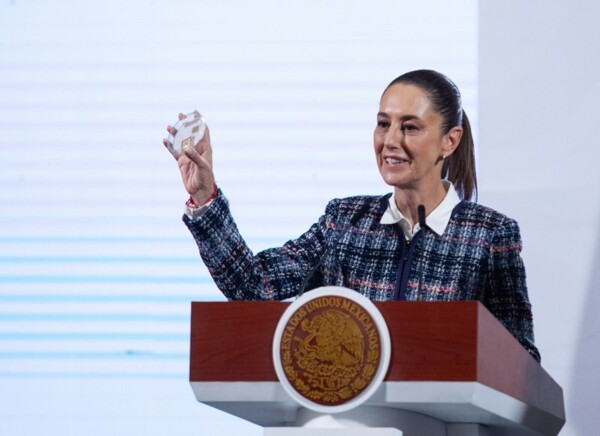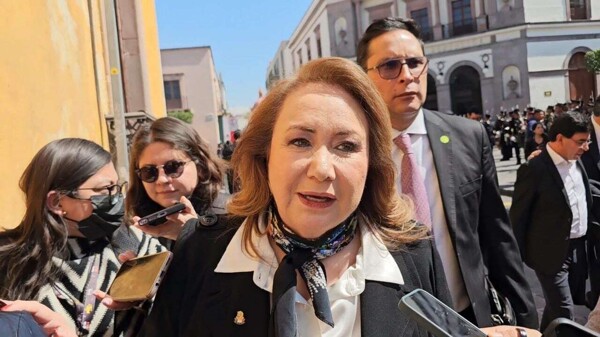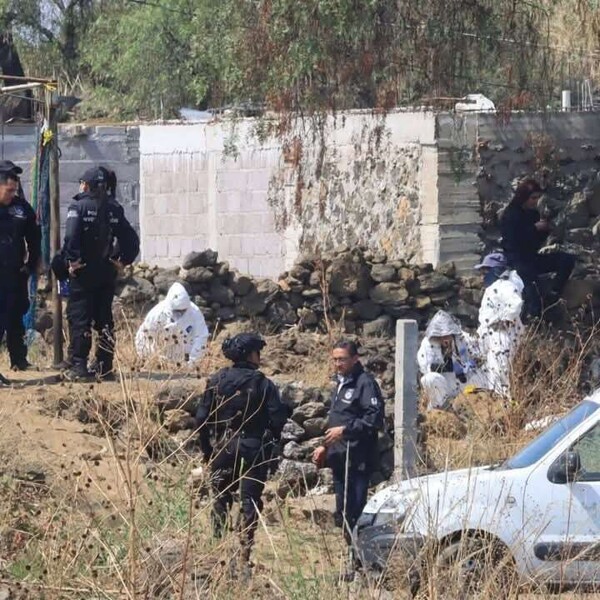
The governor of Tabasco, Adán Augusto López Hernández, stands out for his strength and power in the region, unlike Javier May, a lesser-known politician with less influence. López Hernández has pointed out that both he and Carlos Merino, who succeeded him as interim governor when López Obrador appointed him secretary of the Interior, must be held accountable, as criminals have established themselves in the state without facing official resistance.
In contrast to the situation in Sinaloa, significantly different situations have emerged in Tabasco. López Obrador blocked López Hernández in Tabasco, where he had no participation in the election of the gubernatorial candidate, and he also failed to advance in Chiapas, where he sought to place his brother-in-law Rutilio Escandón as a successor. May's selection as a candidate was interpreted as a blow to López Hernández.
Recently, the Secretary of Security and Citizen Protection, Omar García Harfuch, stated that it was an illusion to negotiate with criminals, a message perceived as directly aimed at López Obrador. This political conflict has generated a negative impact on the inhabitants of Tabasco, who find themselves caught in a power struggle between key political figures in the region.
May has accused Adán Augusto López Hernández, coordinator of Morena in the Senate, because one of the security collaborators during his term was linked to La Barredora, an operational group of the Jalisco New Generation Cartel, one of the largest criminal organizations in Tabasco. There is evidence of a fracture in the political group close to López Obrador that has triggered this crisis in Tabasco.
It should be noted that during the period when López Obrador defined the candidacies and the campaign for governor took place in 2023 and 2024, homicide rates increased dramatically by 308%. This increase in violence suggests the interruption of tacit or explicit agreements with criminal organizations, which has contributed to the deterioration of security in the state.
López Obrador's political management with his close circle has led to a crisis of violence in Tabasco, turning the state into one of the most dangerous in terms of homicide rates nationally. The lack of renewal of agreements and the inadequate handling of political successions have exacerbated the situation of violence in the region.
In Sinaloa, there is evidence of a structural problem of violence similar to that in Tabasco. López Obrador and his political circle have found themselves compromised amid the escalation of violence in both states. The lack of resources and effective strategies to address violence has created a complex and challenging scenario in both regions.
The erosion of López Obrador's power and the consequences of his political decisions have been exposed amid these crises. Uncontrolled violence and the lack of decisive actions from state officials have worsened the situation in Tabasco and Sinaloa. The need for an effective response to contain violence is becoming increasingly urgent in both regions.














